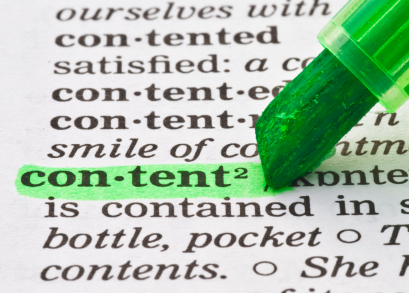Opening Up The Programmatic Native Opportunity To Buyers
by Ciaran O'Kane on 5th Sep 2014 in News


Ajay Daved, PowerLinks Media, head of demand and revenue, explains how two of the hottest trends in digital advertising (native and programmatic) are helping to achieve standards in order to realise one of the biggest opportunities for advertisers in the current climate.
Native – or what would be best described non-standard IAB advertising units – has been a topical area of conversation for both buy an sell side over the past twelve months. Up to this point the “native” environment has been fragmented. This has lead to a limitation on scale and diversity.
There’s also been very little standardisation thus far. Should buyers be looking at the native ad environment as a separate programmatic channel to standard IAB inventory? And as such should we be looking at specific point solutions for buying access?
Bringing scale to non-standard IAB inventory could enable full control to both sides. An example of this could be a 'content marketing' campaign where there’s an opportunity to scale across multiple ad formats, be it an In-Feed, In-Image, In-Text or an In-Video.
Building Pools of Demand Into A New Ad Eco-System
Native has broader appeal to buyers outside the norm. For instance, targeting and optimising towards keywords as well as transacting on a CPC, is attracting significant interest from search agencies – looking for an alternative supply source for their budgets. By moving into display, these search specialists can offer clients something other than search. This is ultimately good for the industry, as it looks for new pools of demand to drive up publisher yield.
Content marketing agencies too are increasingly looking to put ad budget to work in native, again due to the diversity of the formats and distribution channels.
Performance is also a key driver to growth in non-standard IAB formats. We are seeing a big shift from traditional display buyers into native for a number of reasons, particularly around viewability.
More “premium” supply also means less wastage. From the perspective of search an content marketing agencies, looking to drive higher CTRs and better eCPA’s, native formats are now a good channel to allocate to.
Because of this there is now a real variation of demand in the ecosystem – from ITD’s, ATD’s, search and content marketing agencies, they are all looking to hit their campaign KPI’s.
Increasing Yield by opening up to new demand
Publishers have been so reliant on traditional display advertising from the a pool of similar buyers. With the explosion in supply in display, there has been inevitable downward pressure on CPM pricing.
Publishers now have the opportunity to open up an alternative revenue stream with new formats and new demand which they’ve not been exposed to before.
This approach will not cannibalise existing business. Being able to interact with a wider ecosystem of buyers and thus increases yield by opening up competition to their impression.
Given the nature of the ecosystem and buyers, publishers are also able to accept and trade in metrics they might not have been exposed to in the past, like CPC and CPE.
Demand also benefits from programmatic native formats
While the upside for the publisher is obvious, how do buyers benefit? There is clear opportunity for buyers to offer clients something outside of display where performance is questionable.
Native ads score higher on viewability and are a stronger contextual fit. This equates to higher ad engagement, CTRs and post-click activity. So whether you’re a DR advertiser trying to drive more sales, or a brand advertiser trying to make a bigger digital impact, there are native executions that can meet the brief.
The buy side also can access inventory that might not been made available via display exchange – mostly due to cannibalisation issue. And buy non-IAB formats, transacted on different metrics, that can deliver better performance and have the full control not available in open display exchanges.
How big is the native “opportunity”?
The reality is that display continues to get hammered on price. Finding new demand and revenue sources offers new opportunity for publishers. In this game it is about increasing yield. Native allows publishers to open up impressions to an increased pool of buyers. Bringing search spend into display has been a difficult task – and many have failed over the years.
The objective of opening new inventory backed into performance metrics understood by non-traditional buyers is to attract new demand – and ultimately boost publisher yields.
Scaling this is the key to opening up new spend – and in a time when clearing prices on open ad exchanges is barely in the double digit pence/cents range, it might be time really focus on the opportunity around programmatic native.








Follow ExchangeWire